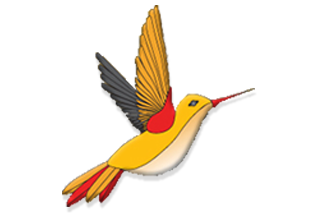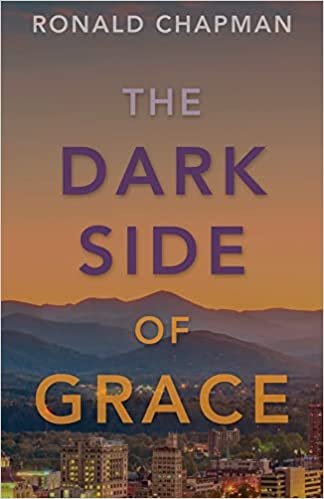Cuddling Up…to Fear and Pain
/Jim Peterson – Cuddle Up to Your Fears
Jim Peterson passed away a few years ago. If you had met him, you would have immediately thought of Colonel Harlan Sanders, the founder of Kentucky Fried Chicken, which is now known as KFC. If you listened to Jim’s raspy voice, it would have reminded you of gravel grinding underfoot. Listen longer and you’d be surprised not only by the breadth of his stories, but by the wisdom that permeated many of them.
Jim was a survivor of the beaches of Normandy and D-Day. He was also a survivor of mental health challenges that resulted from military service. Whenever the subject would turn to personal or life difficulties, Jim would invariably offer the same perspective. He would say, “Cuddle up to your fear and pain. Make friends with them. See what they have to teach you.”
Now let’s be honest. The normal human reaction to powerful negative feelings is to escape them. So embracing them is a provocative notion. At best, most of us only manage to tolerate difficulties, which makes it all the more remarkable that Jim would propose leaning into them.
Yet it was clear as a bell to Jim. His experiences had taught him that great life lessons lurked within our most challenging battles.
Seeing True™
It helps to understand that avoiding your challenges is a strategy that will always ultimately fail. Without knowing this, it’s very hard to convince yourself to embrace the challenge rather than to flee. Yet when we engage we are forced into the experience, and it is there that we can truly see, feel and learn.
Indeed, its worth noting that every compelling or courageous story involves challenge transformed. Apparently that is the human story, so our myths and heroic tales consistently reflect that.
Seeing True™ in Action
The first trick is to breathe, in fact, to breathe into the challenge and to breathe it into you. Breath grounds us. When we visualize the challenge and breathe with it, the result is normalizing.
The power of the breath only grows when we bring our attention to the embodiment of the fear or pain. Locate where it is felt in the body. Describe it to yourself. Then breathe with it. Notice what happens. Quite often the physical effects diminish or dissipate. At a minimum, we can become more settled.
When more at ease, journaling can be a very powerful tool especially if we can put words to the distress as well as its source. Then we can deploy another effective approach that comes from the work of Byron Katie. She proposes we ask ourselves several questions, in this case adapted for the apparent source of the fear or pain:
Is it true?
Can I absolutely know that it is true?
How do I react when I believe it is true?
Who would I be without the fear and pain?
These strategies allow us to engage the fear and pain. When we engage them, we stop running, and that allows for exploration. It is in exploring them that we come to befriend them. As our at-ease-ness grows, cuddling up is a natural progression.
Updated April, 2019













